Wobblers Syndrome in Horses
Updated on 04/26/24
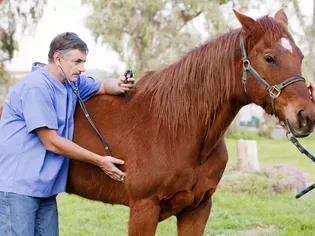
Unlocking the Enigma of Wobblers Syndrome: A Comprehensive Guide for Horse Owners
Introduction
The world of equine health can be a complex and challenging one, especially when faced with a condition like Wobblers Syndrome. Affecting young horses during their critical development stage, this neurological disorder can lead to a range of symptoms that may initially seem puzzling. But with the right knowledge and understanding, horse owners can navigate the complexities of Wobblers Syndrome and provide their beloved animals with the best possible care.
Understanding Wobblers Syndrome
Wobblers Syndrome, also known as Cervical Vertebral Malformation (CVM) or Cervical Stenotic Myelopathy (CSM), is a neurological disorder that affects the vertebrae in the neck of young horses. As the name suggests, wobbliness or unsteadiness in movement is a common symptom. However, the condition can also manifest in other ways, making early diagnosis crucial.
Causes of Wobblers Syndrome
The exact cause of Wobblers Syndrome is not fully understood, but genetics are believed to play a significant role. Certain breeds, such as Warmbloods, Thoroughbreds, and Quarter Horses, are more susceptible to the condition. Environmental factors, such as improper nutrition or rapid growth, may also contribute to its development.
Symptoms of Wobblers Syndrome
The symptoms of Wobblers Syndrome can vary depending on the severity of the condition. Common signs include:
- Wobbly or uncoordinated gait
- Difficulty rising or maintaining balance
- Stiffness or reluctance to move
- Neck pain or sensitivity
- Muscle weakness or atrophy
- Changes in behavior, such as lethargy or irritability
Diagnosis of Wobblers Syndrome
Diagnosing Wobblers Syndrome requires a thorough physical examination and neurological assessment by a qualified veterinarian. X-rays or other imaging techniques, such as MRI or CT scans, are often used to visualize the vertebrae and confirm the presence of malformations or stenosis.
Treatment Options for Wobblers Syndrome
The treatment options for Wobblers Syndrome depend on the severity of the condition and the individual horse. Medical management may involve pain relievers, anti-inflammatories, and muscle relaxants. In more severe cases, surgical intervention may be necessary to stabilize the neck and relieve pressure on the spinal cord.
Examples of Wobblers Syndrome Cases
Case 1: A young Warmblood filly presented with progressive wobbliness and difficulty balancing. X-rays revealed a congenital malformation of the vertebrae in her neck, confirming a diagnosis of Wobblers Syndrome. After conservative treatment with pain relievers and muscle relaxants, her symptoms improved gradually.
Case 2: A Thoroughbred colt exhibited sudden onset of severe incoordination and weakness in his hind legs. MRI scans confirmed a herniated disc in his neck, compressing the spinal cord and causing Wobblers Syndrome. Emergency surgery was performed to remove the herniated disc and stabilize the vertebrae. The colt made a remarkable recovery and returned to full athletic activity.
Conclusion
While Wobblers Syndrome can be a challenging condition, it is important to remember that early diagnosis and proper management can significantly improve a horse's quality of life. By understanding the causes, symptoms, and treatment options, horse owners can empower themselves with the knowledge to provide the best possible care for their beloved animals.
Explore More Pets

Pony Breeds
The Difference Between Horses and Ponies

Horse Diseases & Conditions
What Do I Do If My Horse Colics?
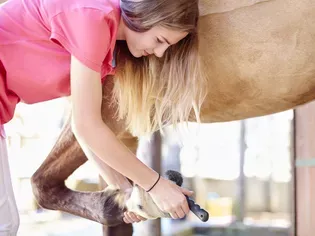
Pony Breeds
Horse and Pony Care by the Day, Week, Month and Year
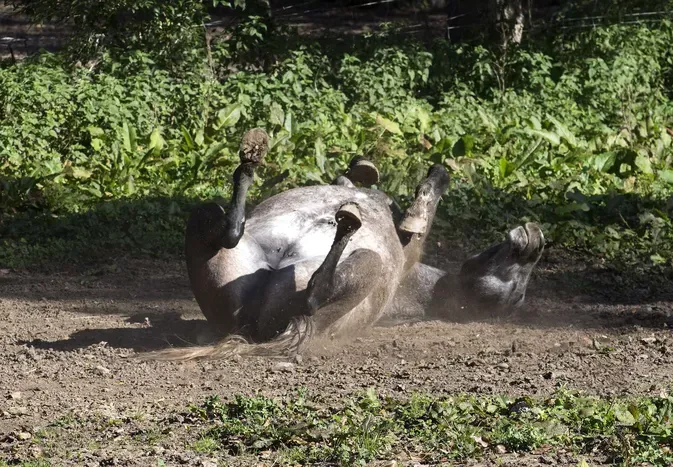
Horse Grooming
Mange in Horses
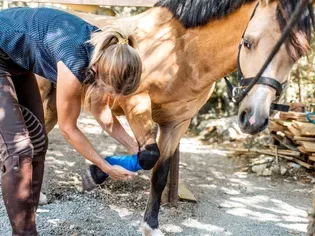
Horse Diseases & Conditions
Grease Heel in Horses
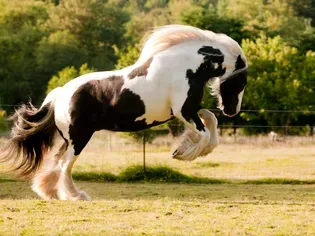
Light Horse Breeds
Gypsy Vanner Horse Breed Profile

Horse Diseases & Conditions
Girth Galls and Saddle Sores
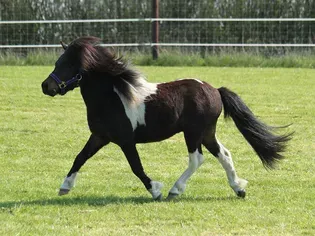
Pony Breeds
Shetland Pony Breed Profile